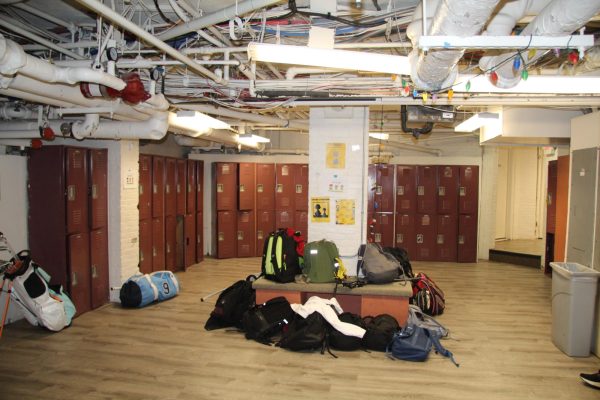Not All Heroes Wear Capes, Some Wear Scrubs
COVID-19 From the Eyes of an Emergency Room Doctor
Credit: Dr. Renu Mital
Dr. Mital snapped a picture of some uplifting sidewalk chalk outside of Weill Cornell Medicine where she works as an Emergency Physician. Messages like these aim to make doctors working the front line against COVID-19 feel appreciated.
Starting her shift in the critical side of the Emergency Room at Weill Cornell Hospital at 3:30 in the afternoon working until midnight, Dr. Renu Mital, mother of Hackley students Nevin, Nina, and Hackley alum Riya, saw several critical patients including three elderly ones who were COVID-19 positive. Most notably she saw a middle-aged man with a pre-existing condition and pneumonia on both sides of his lungs be sent home from the hospital because he was walking, talking, and breathing well.
“On a regular day in the hospital, he would have gotten admitted without a question,” she said.
With the COVID-19 pandemic’s severity in New York City, hospital beds are filling up, steering non-critical patients from admittance.
True ethical concerns have risen out of the low numbers of beds and ventilators. There have been ethics meetings at Dr. Mital’s hospital to prepare for the next coming weeks. The group follows a guide that says, in the event there is a shortage of life-saving ventilators, people of worsening conditions will be taken off ventilators so they can be given to other people. The determination is based on how many productive life years the patients have left. Patients will be treated equally, but doctors will reward instrumental value — people who have made relevant contributions to society or are likely to.
In addition to these heart-wrenching ethical concerns, doctors on the front lines are exposing themselves to the virus every shift, which is a novel challenge presented by this pandemic.
“I worked 9/11, and none of this happened. The difference was that we were helping people and saving lives as much as we could, but here we are trying to do the same but we are putting ourselves and our families at risk,” Dr. Mital said.
These challenges are taking a toll on those who are needed to combat it: doctors, nurses and other workers at hospitals. Despite this, medical workers like Dr. Mital are still showing up at the overflowing emergency rooms to work.
In order to protect her family at home, before leaving the hospital she changes out of her work clothes and puts on her home clothes after washing her hands, face, and neck. Then when she gets home at 1:30 in the morning she takes all of her clothes and puts them straight into the washing machine, goes to the basement to shower, checks in on her patients through her computer, and then at 3:00 a.m., she goes to her new bedroom, her walk-in closet, to stay away from her family.
The fear for most doctors right now is wanting to take care of their patients to the best of their ability but not having enough beds and ventilators to do so, along with them risking their own lives due to the inadequate amount of personal protective equipment.
Governor Cuomo recently asked the Trump administration for help in obtaining more ventilators\; however, President Trump mostly refused, saying that he didn’t believe New York needed as many ventilators as Cuomo was asking for. Cuomo responded by sharing the stark picture which NYC hospitals provided of needing thousands many more ventilators.
“We have the right equipment, we just don’t have enough,” Dr. Mital said.
While working, Dr. Mital wears goggles donated from a school that was probably used in a Chemistry lab.
On Friday night, the NYPD surprised health workers by pulling into their hospital’s circle, saluting them and delivering ten boxes of PPE. This salute brought tears to people’s faces as they graciously accepted the equipment that they so needed, showing just how desperate these front line physicians are for a necessity in their line of work.
Dr. Mital has had 14% of her personnel staff affected by the virus and two physicians in the Intensive Care Unit had to be put on ventilators in critical condition.
“It’s very frightening for the doctors. We went to medical school to learn how to take care of patients, we were never trained for war or the battlefield.”

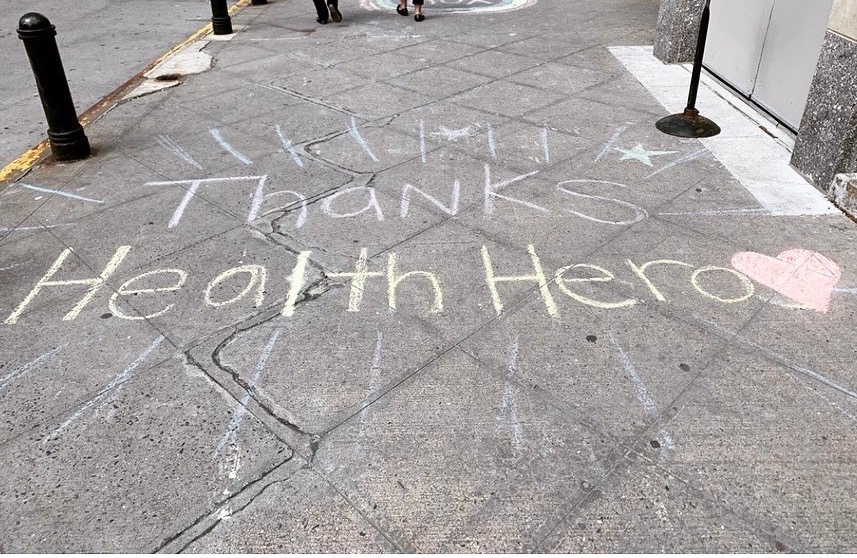
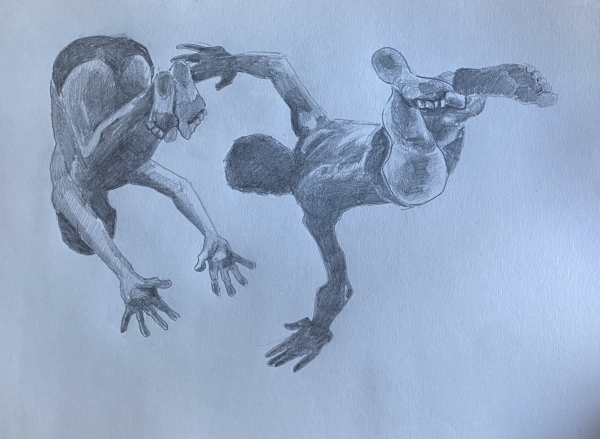

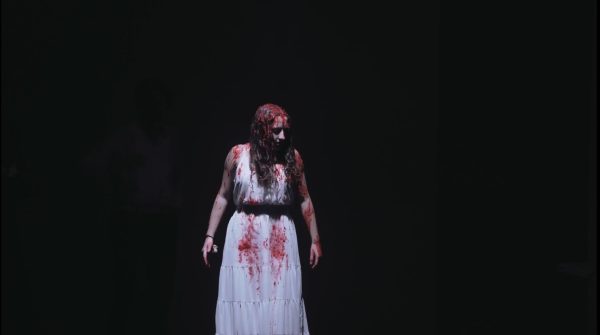

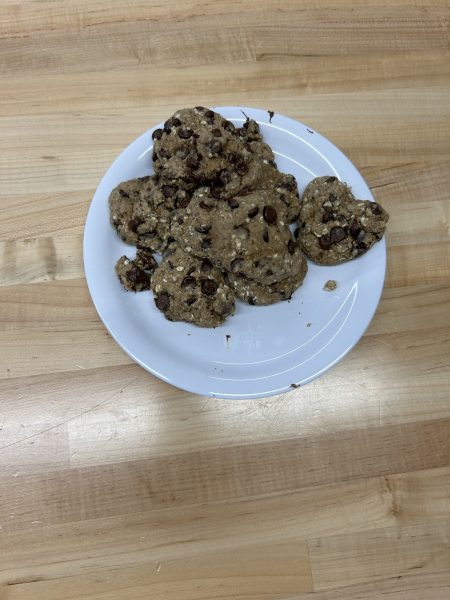
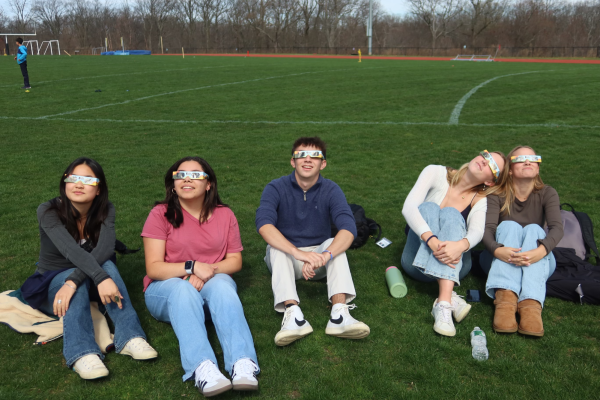
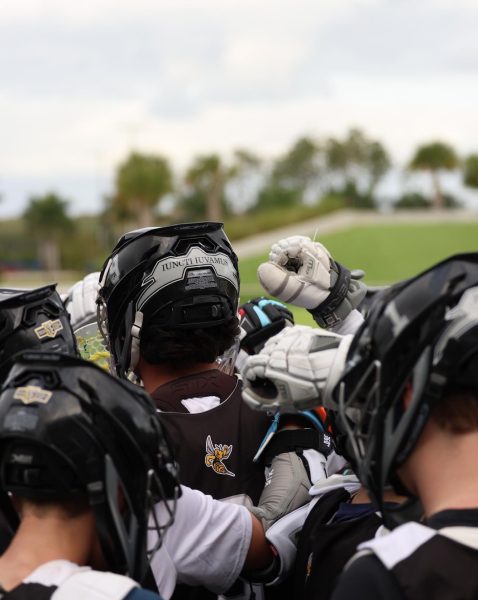

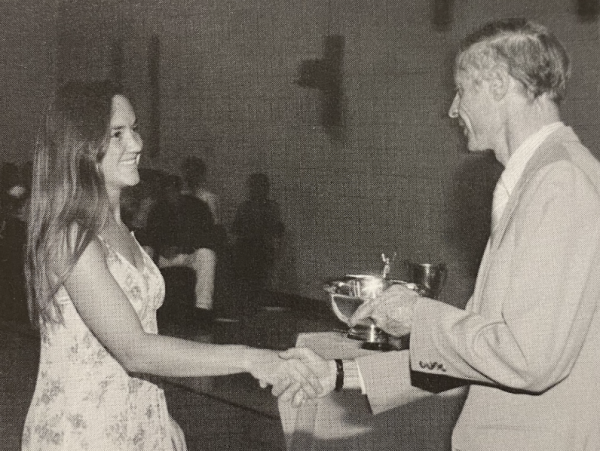
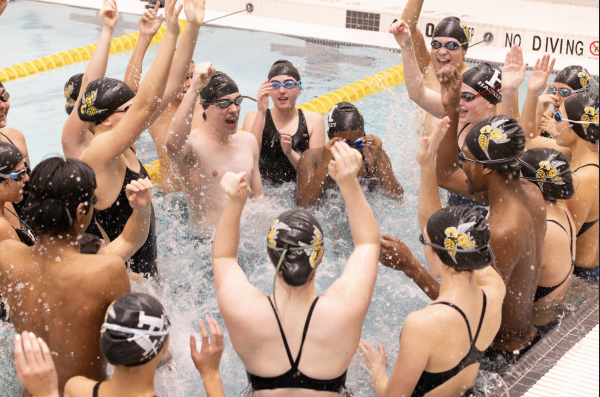
![Although the affect of COVID-19 has been on a decline with less cases and deaths allowing most of us to remain mask free, people on the Hilltop are still choosing to mask up. Personal health concerns as well as helping an elderly neighbor are reasons as to why middle school science teacher Emma Olsen still wears a mask years after the COVID-19 pandemic began. Since I am helping take care of him, you know I go over to work with his dogs, that kind of thing; I dont want to bring [the virus] home to him, Ms. Olsen said.](https://hsdial.org/wp-content/uploads/2024/03/IMG_1713-450x600.jpg)
